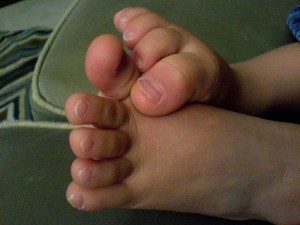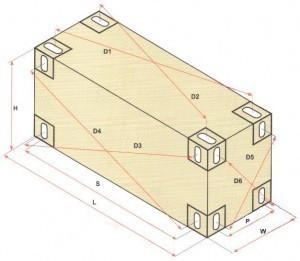Smallest Body Parts
If one were asked to name the smallest parts of the human body, perhaps they would assume it to be their finger or toe nails, or maybe even a single tiny piece of hair from their eyebrows or eyelashes. But to truly find the smallest body parts of a human being, one would have to look inwards.
Also known as the Stirrup (because it is shaped like a stirrup, a saddle’s foothold), the Stapes is the smallest bone in the body, measuring 3.3 millimeters (0.13 inches) in length. It is found in the middle ear, and its function is to transmit sound vibrations from the anvil-shaped Incus bone to the inner ear’s membrane-covered opening, the Fenestra ovalis (also known as the Oval Window or Vestibular Window). In conjunction with the incus and the Malleus (which means “hammer”), it is responsible for increasing and transferring vibrations from the ear drum to the inner ear’s sensitive hair cells.
During the human birth cycle, the development of the stapes begins from the sixth to eighth week, at which time it is surrounding the stapedial artery, a small artery that supplies most of the embryonic head’s vasculature. Following that phase, the stapes is left in a window frame-shaped structure after the stapedial artery involutes and the external carotid artery is produced to take its place.

The Stapedius muscle is the human body’s smallest skeletal muscle, measuring a length of 1.27 millimeters (0.05 inches). Also located in the middle ear, its function is to stabilize that previously discussed small body part, the stapes. To be precise, the stapedius dampens the stapes’ vibrations on reflex, pulling on the stapes’ neck and preventing it from moving excessively, to assist in controlling the amplitude of the sound waves emanating from the general outside environment and into the inner ear.
The stapedius muscle serves to dampen the stapes vibration’s ability, keeping the inner ear protected from high levels of noise, mainly the volume of one’s own voice. This is somewhat similar to the function of another muscle, the tensor tympani, which is to dampen the sounds produced by the act of chewing. The most significant damage that the stapedius can sustain is paralysis, such as in the case of one who suffers from Bell’s palsy. Such a disorder would cause the stapes to oscillate wider, which would result in the auditory ossicles developing a high sensitivity to sound vibrations. This would cause one to perceive otherwise normal levels of sound as very loud, a condition referred to as Hyperacusis.





